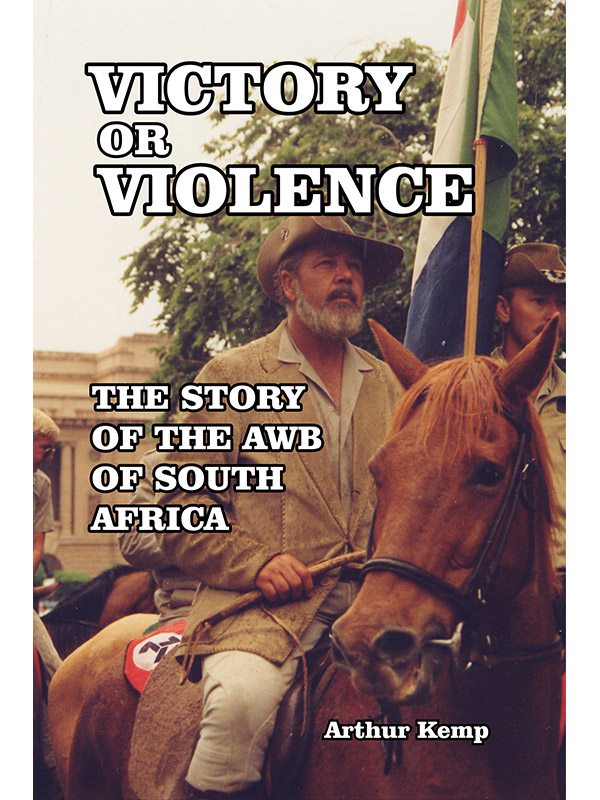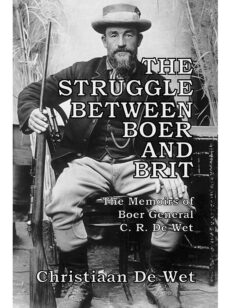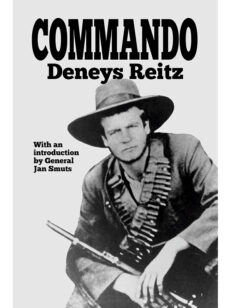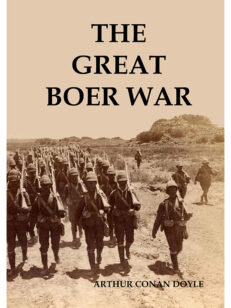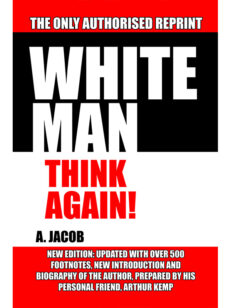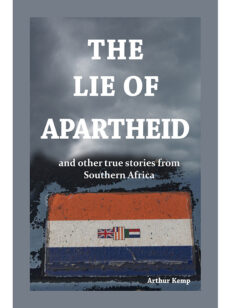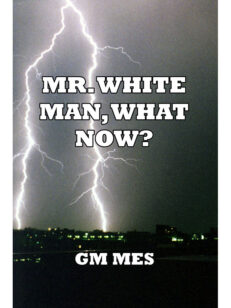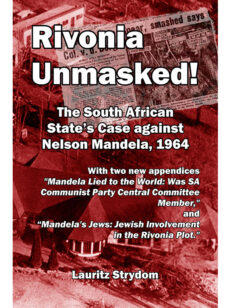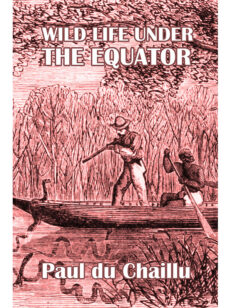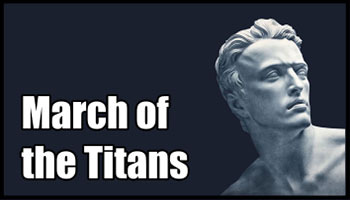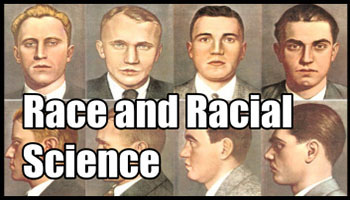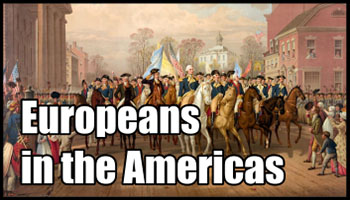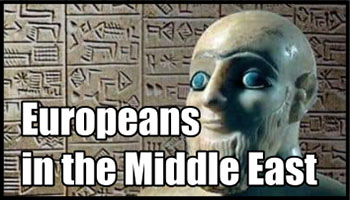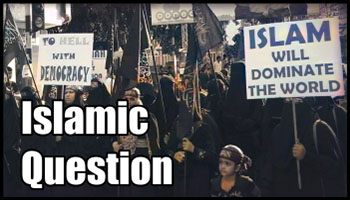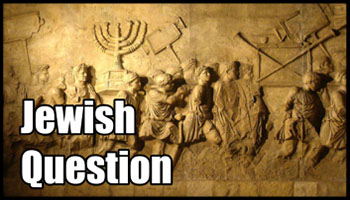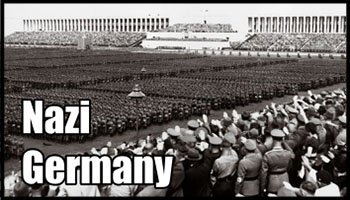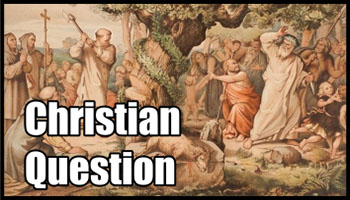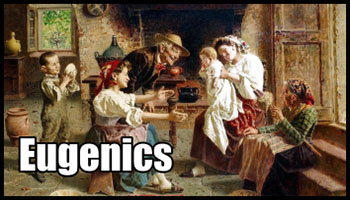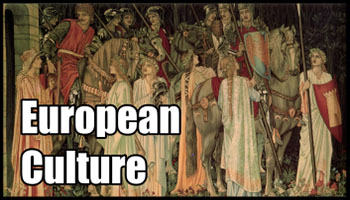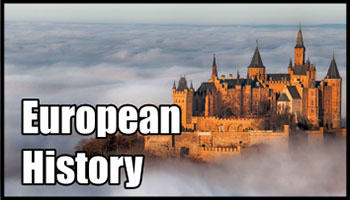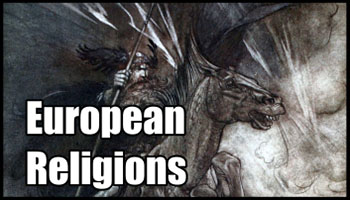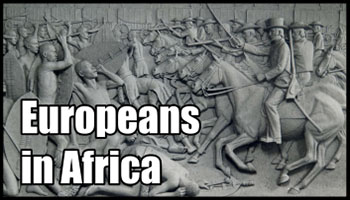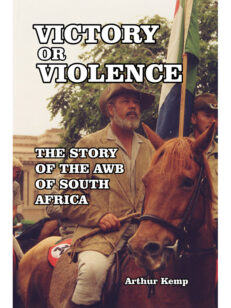Description
By Arthur Kemp. The Afrikaner Weerstandbeweging (“Afrikaner Resistance Movement,” AWB) and its leader Eugene Terre’Blanche have become famous worldwide as the face of militant Afrikaner nationalism. This is the true story of the origins of that movement, its ideology, activity, membership—and finally, its dramatic activities, which included the most violent and far-reaching terrorism and sabotage campaign in South African history.
So serious was the AWB’s campaign of violent resistance against impending ANC rule, that the then government was forced to call out a state of emergency in the many parts of the country, as AWB sabotage squads targeted power networks railway lines, ANC and National Party offices—and more—in a wave of attacks which made all the ANC’s previous efforts at “armed resistance” pale into insignificance.
Read here of the early founding of the AWB, the backgrounds of its leading characters, the increasing militancy which accompanied the then government’s political reform program, the development of the movement’s ideological basis, and finally, the turn to violent resistance as the program to hand over control of the country to the ANC speeded up.
No understanding of South Africa’s history is complete without this largely eyewitness account of hard-line Afrikaner resistance to the end of white rule.
This 2021 edition contains three new chapters, and 153 rare and exclusive illustrations and photographs.
Contents
Foreword to the 2021 Edition / 2012 Edition / 2008 Edition
Chapter 1: 1941–1978
Eugene Terre’Blanche and the Founding of the AWB
The origins of Afrikaner nationalism and the creation of the movement
Chapter 2: 1979
The Tar and Feather Party
The Day of the Vow and the tarring and feathering of Professor Floors van Jaarsveld
Chapter 3: 1980–1986
The AWB Emerges as a Force
The steady growth of the AWB through tireless campaigning and publicity
Chapter Four: 1983
Guns in the Maize Fields—The Arms Trial
Terre’Blanche and other AWB leaders arrested for the illegal possession of firearms
Chapter Five: 1986
Smashing the National Party’s Meetings in the North
The National Party is never able to hold “public” meetings again after AWB attacks
Chapter 6: 1987
The ANC and Rudolf Hess
The AWB threatens Afrikaners visiting the ANC in exile, and officially honours Hitler’s deputy
Chapter 7: 1982–1987
The Idea and Origin of the Volkstaat
How the idea of an Afrikaner “people’s state” replaced Apartheid as the AWB’s policy
Chapter 8: 1987
Understanding the AWB’s Worldview
A detailed look at the AWB’s ideology, structure, and the extent of its support base
Chapter 9: 1979–1989
The Arming of the AWB
The development of the AWB’s military wings
Chapter 10: 1987–1989
The AWB and the Conservative Party
The tense relationship between the parliamentary and extra-parliamentary groups
Chapter 11: 1987–1988
Campaigning from Standerton to Donkerhoek
The AWB continues to dominate the opposition to the National Party’s reform policies
Chapter 12: 1988
The White Wolf
An AWB member guns down blacks in Pretoria in a dramatic terrorist attack
Chapter 13: 1989
The Jani Allan Affair Rocks the Movement
Terre’Blanche’s alleged relationship with an English-speaking female journalist splits the AWB
Chapter 15: 1989–1990
Bombing the United Nations and the Order of Death
AWB militants attack a United Nations base in South West Africa, and a domestic terrorist group carries out its first attacks
Chapter 14: 1989–1990
The AWB Militants Prepare for the War
The path of democratic resistance to the ANC takeover appears closed to the Afrikaner militants
Chapter 16: 1990–1992
Piet Rudolph and the Orde Boerevolk
AWB activists start an armed insurrection against the government
Chapter 17: 1991
The Battle of Ventersdorp
A fatal shoot out between thousands of AWB men and the Police Erupts at a National Party meeting
Chapter 18: 1991–1992
The MP Bomber and the March 1992 Referendum
An AWB supporting Member of Parliament takes part in a bombing campaign, and the government calls a referendum on its policies
Chapter 19: 1993
The Assassination of Chris Hani
The ANC’s military chief and Communist Party secretary general is assassinated by a Polish AWB member
Chapter 20: 1993
The World Trade Centre Invasion
The AWB physically breaks up the negotiations between the National Party and the ANC
Chapter 21: 1993–1994
The AWB Goes to War
The government is forced to call out a state of emergency in response to an AWB bombing and sabotage campaign
Chapter 22: 1994
The Secession Plan—And Why it Failed
How the militants planned to secede from South Africa
Chapter 23: 1994
The Bophuthatswana Fiasco
The Afrikaner Volksfront’s abortive attempt to prop up a black homeland leader ends in disaster and death
Chapter 24: 1994
Johannesburg Trembles under the AWB’s Bombs
The AWB launches the biggest and most devasting bombing campaign in South African history
Chapter 25: 1996–1999
The AWB Gets Amnesty
The AWB bombers and leadership appear before the Truth and Reconciliation Commission
Chapter 26: 1996–2010
Eclipse—Jail and Terre’Blanche’s Murder
The AWB declines, and Terre’Blanche is jailed and murdered
Chapter 27: 2010–
In the Shadow of the Past
The AWB after Terre’Blanche
Index
About the author: Arthur Kemp was born in Southern Rhodesia in 1962. Educated in South Africa, he holds a degree in Political Science, International Politics and Public Administration, having studied at the University of Cape Town and the University of South Africa. He worked as a journalist on a major South African newspaper during the 1980s and 1990s and was an eyewitness to most of the events detailed in this book. In addition, many of the leading characters gave the author exclusive interviews and access to their personal records.
386 pages. Paperback.

